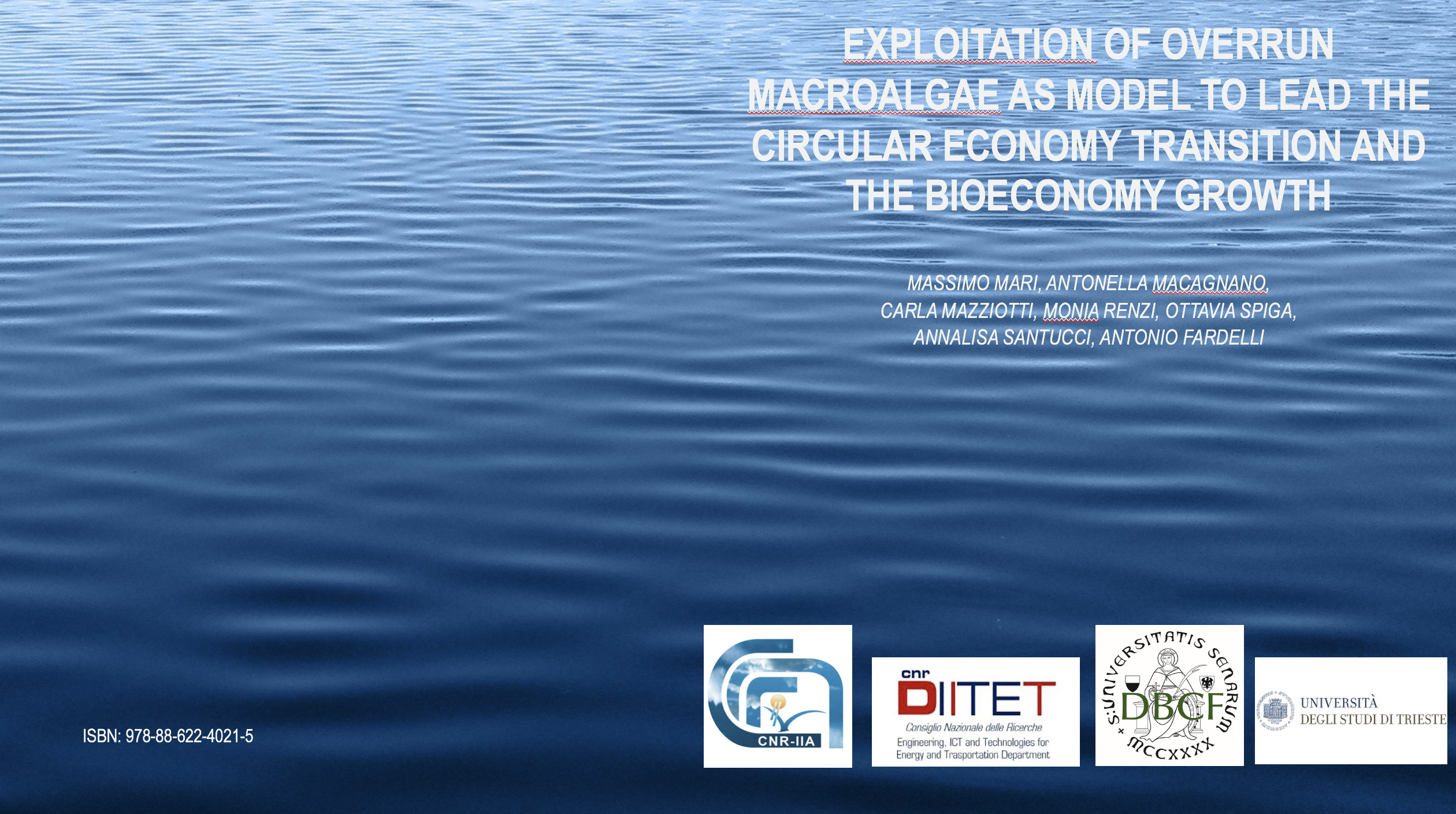During the times of a challenging transition from a linear to a circular economy, while many productive processes or systems have to be redesigned to limit losses, waste, and their environmental impacts and, at the same time, to find sustainable and alternative resources to feed its cycle, research activities reveal their crucial role to get new knowledge and new opportunities, especially in the biotechnologies field.
Under the light of the circular economy, looking at the last European legislation on waste, and in force of the outcomings of specific research activities on biowaste, this paper analyzes the potentialities of the exploitation of overrun and infesting seaweeds, now considered as waste, for different uses in various productive cycles. The paper aims to show how the described applications for overrun algae are fully corresponding to the circular economy principles and the UN’s Sustainable Development Goals. The matches are highly remarkable, especially looking at the latest European legislation on waste management. Some specific applications on seaweeds, described in this paper, should be considered further as a model to follow. In the current framework especially looking at the absence of adequate indicators to measure the circularity level related to products and processes, the sharing of a correct approach should be enhanced to maximize results and drive the circular economy transition and the desired simultaneous bioeconomy growth on the right track.
ISBN: 978-88-622-4021-5
Authors: MASSIMO MARI 1, ANTONELLA MACAGNANO 1, CARLA MAZZIOTTI 2, MONIA RENZI 3, OTTAVIA SPIGA 4, ANNALISA SANTUCCI 4, ANTONIO FARDELLI 1
1) NATIONAL RESEARCH COUNCIL OF ITALY (CNR), INSTITUTE OF ATMOSPHERIC POLLUTION RESEARCH;
2) NATIONAL RESEARCH COUNCIL OF ITALY (CNR), DEPARTMENT FOR ENGINEERING, ICT AND TECHNOLOGIES FOR ENERGY AND TRANSPORTATION;
3) UNIVERSITY OF TRIESTE, DEPARTMENT OF LIFE SCIENCE;
4) UNIVERSITY OF SIENA, DEPARTMENT OF BIOTECHNOLOGY CHEMISTRY & PHARMACY

